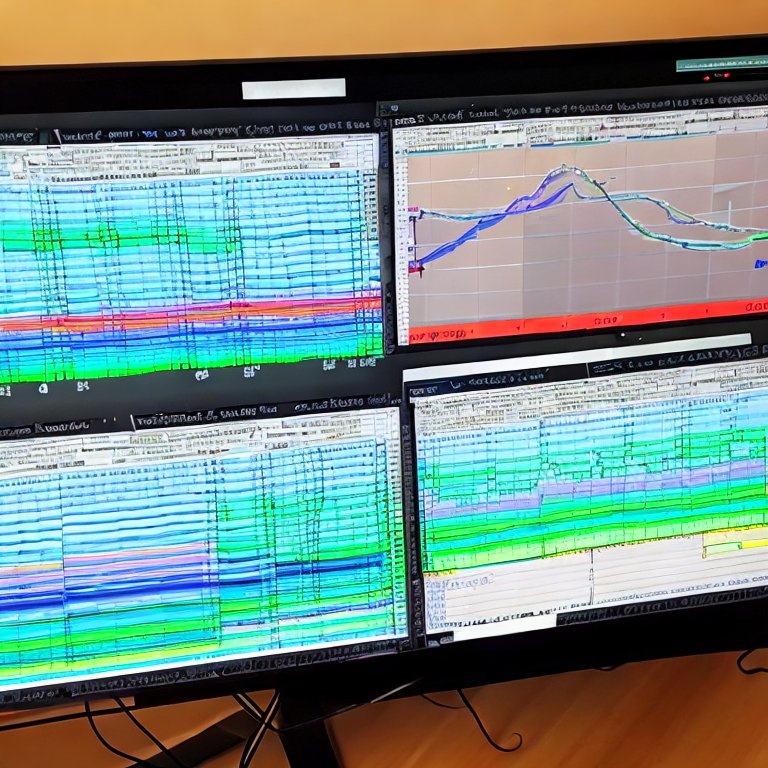Download EA Forex Gump https://www.mql5.com/en/market/product/97930
In today's fast-paced financial markets, algorithmic trading has emerged as a game-changer, providing traders with the ability to execute trades at lightning speed and make data-driven decisions. Python, with its versatility and robust libraries, has become the go-to language for developing algorithmic trading bots. In this comprehensive guide, we will delve into the world of algorithmic trading and explore how to build and optimize trading bots using Python.
1. Understanding Algorithmic Trading:
Algorithmic trading involves the use of computer programs to automate trading decisions based on pre-defined rules and strategies. It leverages advanced mathematical models, statistical analysis, and real-time market data to execute trades swiftly and efficiently. Algorithmic trading bots enable traders to eliminate human emotions and execute trades based on objective parameters.
2. Setting Up the Development Environment:
To get started with algorithmic trading in Python, it is crucial to set up the right development environment. We will explore how to install Python, choose the appropriate integrated development environment (IDE), and install essential libraries such as Pandas, NumPy, and Matplotlib. Additionally, we will discuss the importance of virtual environments to ensure project isolation and reproducibility.
3. Retrieving and Analyzing Market Data:
In algorithmic trading, reliable and accurate market data is of paramount importance. We will learn how to retrieve real-time and historical market data using popular APIs and data providers. We will demonstrate techniques to clean, preprocess, and visualize the data using Python libraries. Here's an example of fetching data from the Alpha Vantage API:
```python
import requests
API_KEY = "YOUR_API_KEY"
symbol = "AAPL"
interval = "1min"
url = f"https://www.alphavantage.co/query?function=TIME_SERIES_INTRADAY&symbol={symbol}&interval={interval}&apikey={API_KEY}"
response = requests.get(url)
data = response.json()
print(data)
```
4. Building Trading Strategies:
A successful algorithmic trading bot relies on well-defined trading strategies. We will explore various trading strategies such as moving averages, mean reversion, momentum, and breakouts. We will discuss the theoretical concepts behind each strategy and then dive into coding examples that demonstrate how to implement these strategies using Python. Here's an example of a simple moving average crossover strategy:
```python
import pandas as pd
# Assume 'data' is a DataFrame with OHLC (Open, High, Low, Close) data
data["SMA_50"] = data["Close"].rolling(window=50).mean()
data["SMA_200"] = data["Close"].rolling(window=200).mean()
data["Signal"] = 0
data.loc[data["SMA_50"] > data["SMA_200"], "Signal"] = 1
data.loc[data["SMA_50"] < data["SMA_200"], "Signal"] = -1
# Implement your buy/sell logic based on the Signal column
```
5. Implementing Order Execution:
Efficient order execution is a critical aspect of algorithmic trading. We will delve into different order types, including market orders, limit orders, stop orders, and trailing stops. Through code examples, we will demonstrate how to connect to brokerage APIs or simulate order execution in a paper trading environment. Here's an example of placing a market order using the Alpaca API:
```python
import alpaca_trade_api as tradeapi
API_KEY = "YOUR_API_KEY"
API_SECRET = "YOUR_API_SECRET"
BASE_URL = "https://paper-api.alpaca.markets"
api = tradeapi.REST(API_KEY, API_SECRET, base_url=BASE_URL,api_version="v2")
symbol = "AAPL"
quantity = 10
api.submit_order(
symbol=symbol,
qty=quantity,
side="buy",
type="market",
time_in_force="gtc"
)
```
6. Risk Management and Portfolio Optimization:
Managing risk is crucial for long-term profitability in algorithmic trading. We will explore risk management techniques such as position sizing, stop-loss orders, and portfolio diversification. Additionally, we will discuss how to optimize portfolios using techniques like Modern Portfolio Theory (MPT) and the Sharpe ratio, ensuring a balanced and risk-aware approach to trading.
7. Backtesting and Performance Evaluation:
Before deploying a trading bot in the live market, it is essential to thoroughly backtest its performance. We will explore backtesting frameworks in Python, such as Backtrader and Zipline, and demonstrate how to evaluate strategy performance using various metrics. We will also discuss the importance of walk-forward analysis and robustness testing.
8. Machine Learning in Algorithmic Trading:
Machine learning techniques have gained popularity in algorithmic trading for generating trading signals and predicting market movements. We will explore how to leverage popular machine learning libraries such as scikit-learn and TensorFlow to develop predictive models. Code examples will demonstrate how to integrate machine learning algorithms into trading strategies.
9. Real-Time Trading and Deployment:
Taking a trading bot live requires a solid understanding of real-time data processing, connectivity, and infrastructure. We will discuss how to implement real-time trading using websockets and message queuing systems. Additionally, we will explore deployment options such as cloud services and containerization to ensure scalability and reliability.
10. Advanced Topics and Future Developments:
In this final section, we will touch upon advanced topics and emerging trends in algorithmic trading. We will discuss topics such as high-frequency trading, alternative data sources, sentiment analysis, and reinforcement learning. We will also highlight areas of ongoing research and potential future developments in the field.
Algorithmic trading bots developed using Python provide traders with a competitive edge in today's financial markets. Through this comprehensive guide, we have explored the fundamentals of algorithmic trading, from setting up the development environment to implementing trading strategies and evaluating performance. Armed with this knowledge and the provided code examples, you are now ready to embark on your journey of building sophisticated algorithmic trading bots that can navigate the complexities of the market with precision and efficiency.



